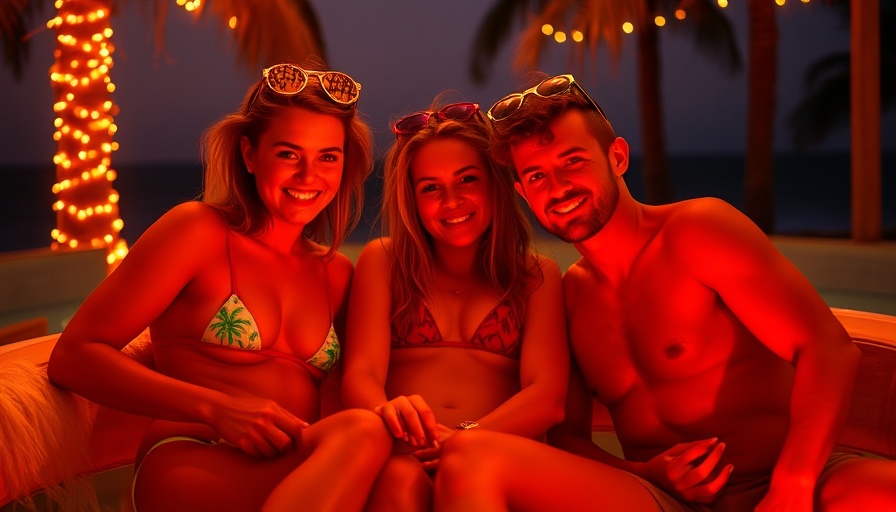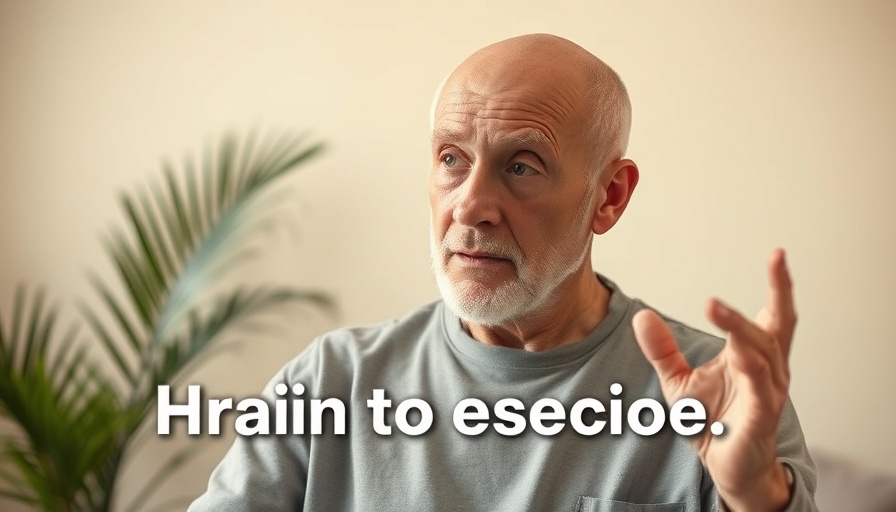
The Pursuit of the Perfect Tan: Understanding the Obsession
The culture of extreme tanning has gained significant traction, particularly among the Gen Z demographic. From Instagram to TikTok, aesthetics and imagery that glorify bronzed skin flood social media feeds. A case in point is Hannah Clark, a 29-year-old graphic designer who shared, "I’m not proud of it, but I have used sunbeds," revealing a common rationale among young people: the desire for that coveted glow that signals vacations and vitality. In a world where appearances often dominate social narratives, it is no surprise that 43% of 18 to 25-year-olds turn to sunbeds, compared to 28% of the overall UK adult population, according to a survey by Melanoma Focus.
The Dangerous Appeal of Tanning
Despite data revealing the risks, many young individuals continue to pursue tanning as a form of self-care or social currency. Dermatologist Dr. Zoe Venables emphasizes the dangers of UV exposure, stating, "When skin turns darker after UV exposure, it suggests you’re damaging those cells in your skin." Understanding the true cost of a tan is vital in curbing risky behaviors associated with sun exposure. Tanorexia, a term used to describe an obsession with tanning, can lead people to prioritize appearance over health, engaging in practices like using sunbeds or unregulated tanning injections—often without realizing the potential consequences.
Social Influences: From Catwalks to TikTok
The glamorization of tanned skin is pervasive. Fashion runs the risk of presenting tanned bodies as the epitome of beauty, which influences young people's perceptions of health and attractiveness. Tanning influencers often showcase medium to deep bronzed skin, perpetuating the notion that such looks are desirable regardless of health implications. Unfortunately, the normalization of tanning can lead to the misconception that achieving a darker skin tone is harmless or even a part of being fashionable.
Parental Influence and Awareness
Even informed parents struggle to sway their children's choices in today's image-driven society. Emily Harris, a 23-year-old who admits to using sunbeds despite being cautioned by her NHS-employed parents, illustrates the challenge well. Parents are often left bewildered as their children dismiss warnings about skin cancer in favor of fleeting trends. This highlights a crucial opportunity for deeper discussions about beauty standards and health, aiming to reevaluate definitions of attractiveness.
Emphasizing Health Over Appearance: A Shift in Dialogue
In light of the rising incidence of skin cancer tied to tanning behaviors, a shift in the dialogue surrounding beauty standards is crucial. Many health organizations, including the World Health Organization, categorize sunbeds as dangerous due to their known cancer risks. Moving the conversation toward promoting natural beauty and emphasizing health can offer an alternative path for those obsessed with tanning. Initiatives focusing on community health and wellness can provide platforms for education on skin health, offering workshops or seminars on safe sun practices and nurturing a more informed, health-conscious generation.
Empowering Choices: Health and Wellness Tips
With the stark reality of skin cancer risk in mind, making informed choices about tanning becomes paramount. For those seeking alternatives, products like bronzers or self-tanners can provide the desired glow without the dangers associated with UV exposure. Incorporating sun-safe practices into daily life can help nurture long-term skin health while also redefining beauty standards to be less about tan lines and more about overall wellness. Communities can support healthier choices through local health and wellness events, helping to foster a culture that values vitality over vanity.
Confronting Misconceptions: The Truth About Tanning Risks
Dispelling myths surrounding tanning requires a societal effort. While many young people believe a darker tan indicates health, the reality is that any tan signifies skin damage, according to medical professionals. Connecting these truths to relatable stories and practical tips can empower individuals to rethink their tanning habits. By engaging in honest discussions about the impacts of excessive sun exposure and the importance of maintaining skin health, a new understanding of beauty can emerge—one centered around authenticity, longevity, and well-being.
Call to Action: Redefining Beauty Standards Together
As a community, we have the opportunity to reshape the narrative around health and beauty. By joining conversations, sharing accurate information about the risks of tanning, and advocating for healthier lifestyle choices, we can promote a shift towards appreciation for our natural skin. It’s time to embrace diverse definitions of beauty that celebrate health and wellness while fostering understanding of the true costs of extreme tanning. Engage with local health and wellness resources to explore alternatives that promote a radiance from within.
 Add Element
Add Element  Add Row
Add Row 



Write A Comment